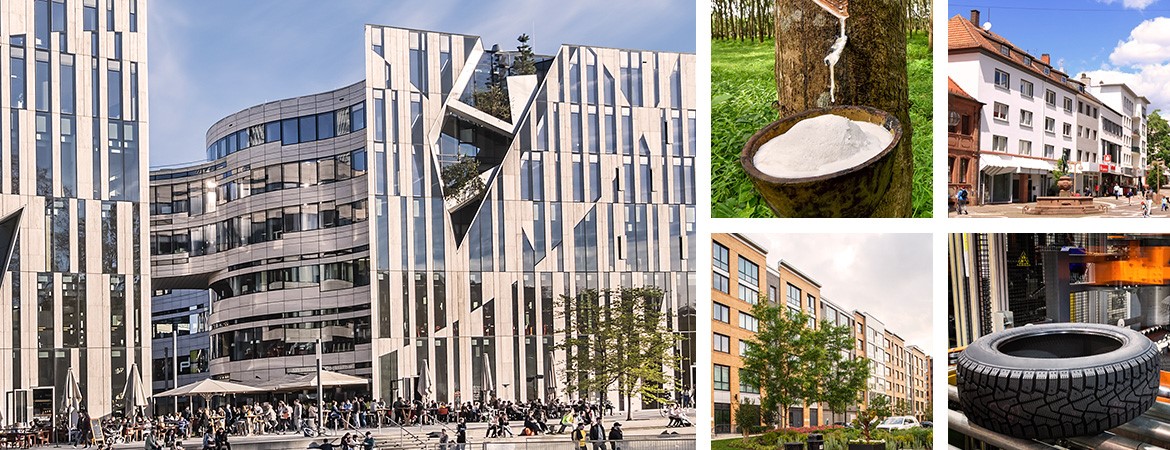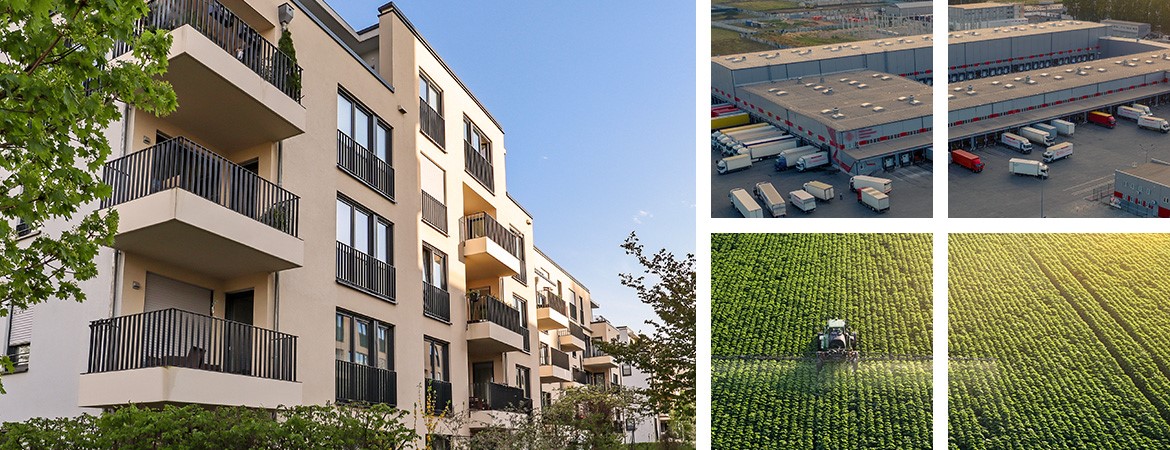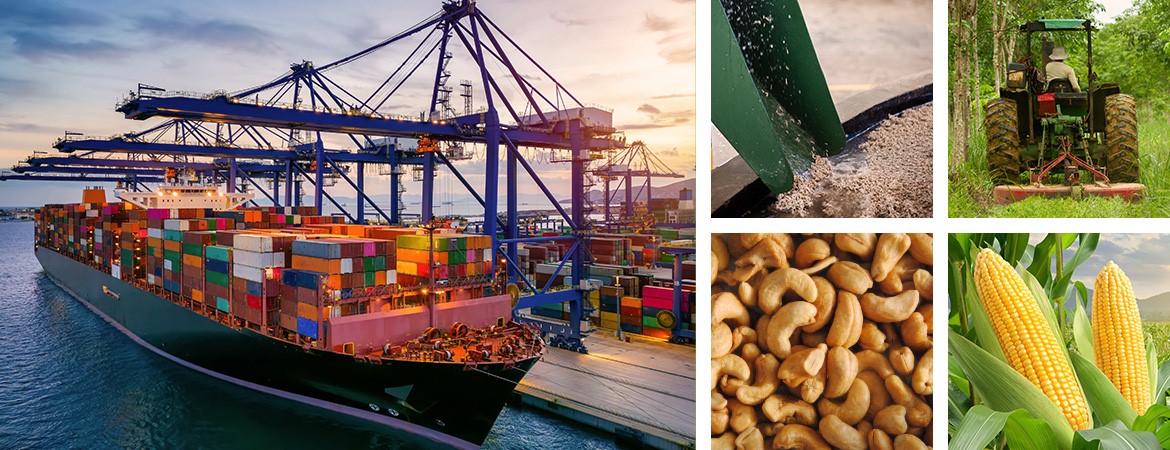








With a worldwide turnover of over 200 billion euros (Germany around 12 billion euros), the rubber industry is one of the most important sectors of the economy in all industrialized and emerging countries. It supplies its products to a large number of economic and industrial sectors, mainly through so-called intermediate goods.
Rubber is a raw material of systemic importance. It is on the EU list of critical raw materials, which comprises 28 raw materials, because rubber is needed for the manufacture of over 40,000 products for industrial and personal use on the one hand, but its production is complex, lengthy and geographically limited on the other. Its availability is vital for the survival of most industries and their downstream economies and societies. Its demand is high and constant.
Around 29 million tons of rubber are currently processed annually. Of this, approximately 15 million are synthetic rubber and 14 million natural rubber.
Since the demands on rubber products are constantly increasing, but it is not possible to produce the perfection of natural rubber synthetically, the proportion of natural rubber is growing continuously. No other product is as tough and yet as elastic as this natural raw material. Whereas in the seventies of the 20th century it was only 29 percent, the share of natural rubber in total consumption today is already over 48 percent.
70 % of rubber demand is generated in the tire and automotive industries. The annual natural rubber yield of up to five rubber trees alone is needed just to fit a car with tires.
30 % of the world's rubber production goes into the TEE (Technical Elastomer Products) industry, which manufactures products such as rubber and protective gloves, prostheses and membranes for medical and healthcare applications, conveyor belts, cash register belts, handrails for escalators, all kinds of hoses, pacifiers, condoms, seals, V-belts, rubber boots, shoe soles and much more.
In order to meet the current global demand for natural rubber, over 2.6 billion trees in an area the size of the Netherlands are used to produce natural rubber every day.
According to estimates by the International Monetary Fund (IMF), the demand for natural rubber will increase to over 17 million tons per year by 2025. To meet this demand, new rubber plantations with a total area of up to two million hectares with over 800 million rubber trees will be needed.
The economic significance of the rubber tree (Hevea brasiliensis) is thus enormous. It is among the most important suppliers of renewable raw materials.
Natural rubber, which is harvested from the latex of the rubber tree, is the main material in the production of rubber. Moreover, the rubber tree yields wood of exceptional quality, which can be made into furniture and many other wood products.
In order to meet the constantly growing demand, the rubber tree is now grown mostly on plantations. Optimized growing times of around 15 years ensure that in addition to the daily production of latex there are high amounts of wood on a regular basis.
Economically successful rubber plantations require a subtropical to tropical climate, which is only found in the so-called rubber belt between 15º north latitude and 15º south latitude. The most important growing regions for the rubber tree today are Southeast Asia, Latin America, China, and West Africa. The rubber tree originates from the rainforests of South America and is a type of hardwood.
The tremendous demand for natural rubber has prompted decades of agricultural and forestry research into the rubber tree with a view to enhancing both the latex and the wood yields. In Southeast Asia, where more than 70 percent of the world’s latex originates, rubber tree varieties have been developed through cultivating, crossing, and cloning, and are characterized by fast growth, above-average latex production, high amounts of wood, durability, and resilience. Newer plantations, which are cultivated with these types of rubber trees, are already producing up to 4,000 kilograms of latex per hectare after five or six years.
Latex is the fluid the rubber tree secretes if it is tapped professionally. The latex fluid flows in the sapwood area of the stem right below the tree bark in capillaries, where water and dissolved nutrients also circulate.
If ammonia is not added to the secreted latex within roughly two hours, the latex coagulates in the collecting container into a lump of rubber, also called cup lump. This coagulation cannot be reversed. For numerous applications cup lump rubber is the perfect raw material, such as for manufacturing TSR standard products which are in high demand in the tire industry. For subsequent processing to other products, such as hygienic gloves used in healthcare industry or in gastronomy, the secreted latex is kept fluid by adding ammonia and later sold in the liquid form. The reason for this is that rubber gloves, condoms, and other similar products are manufactured in the so-called dipping method. Here, dipping molds are dipped into a liquid latex mixture for a period of time.